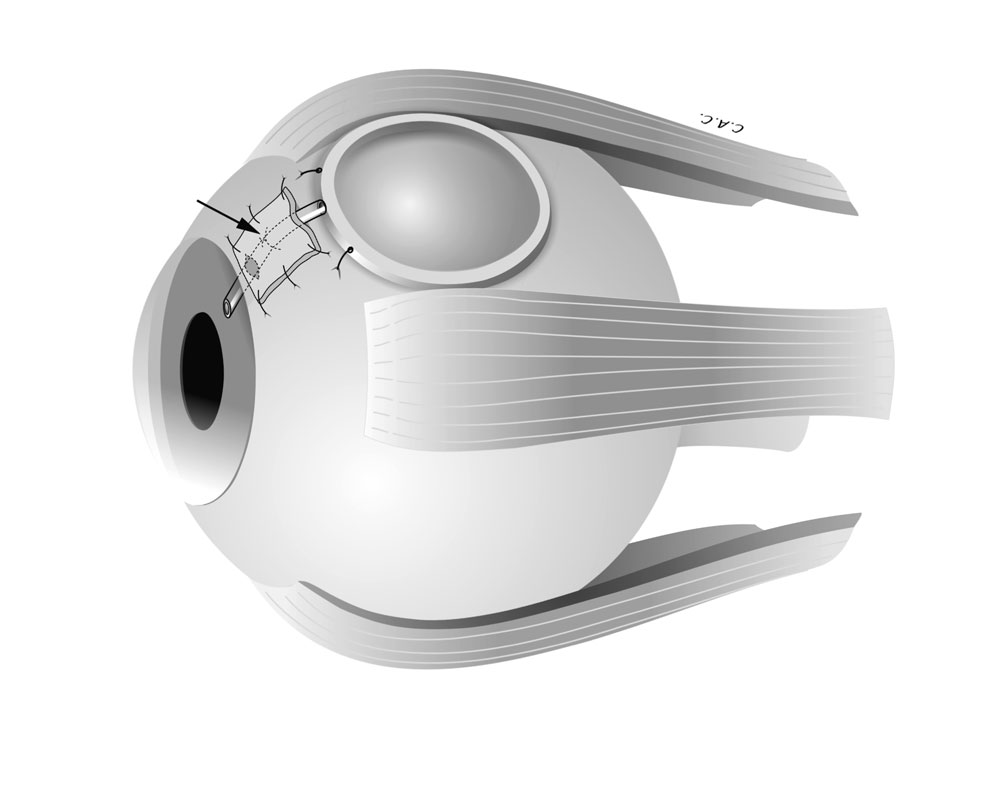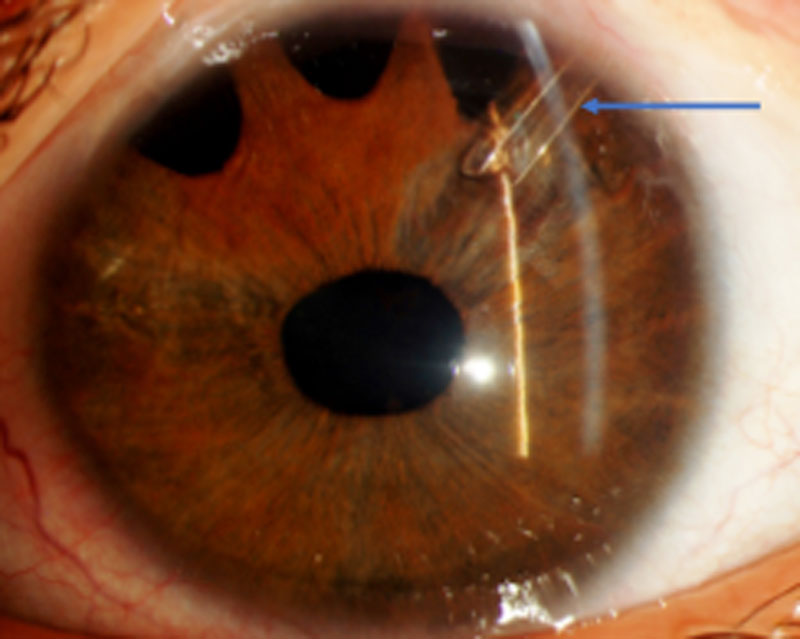Other types of surgery include Drainage implant surgery – these implants consist of a silicon tube, which is connected to a draining plate. The tube is inserted in the eye and the drainage plate is sutured to sclera. The intraocular fluid gets collected in the plate, under the conjunctiva, and gets absorbed by the surrounding tissues.
Some of the possible complications include corneal decompensation and tube erosion through the conjunctiva. If this last situation occurs, patients should seek medical care as soon as possible.


